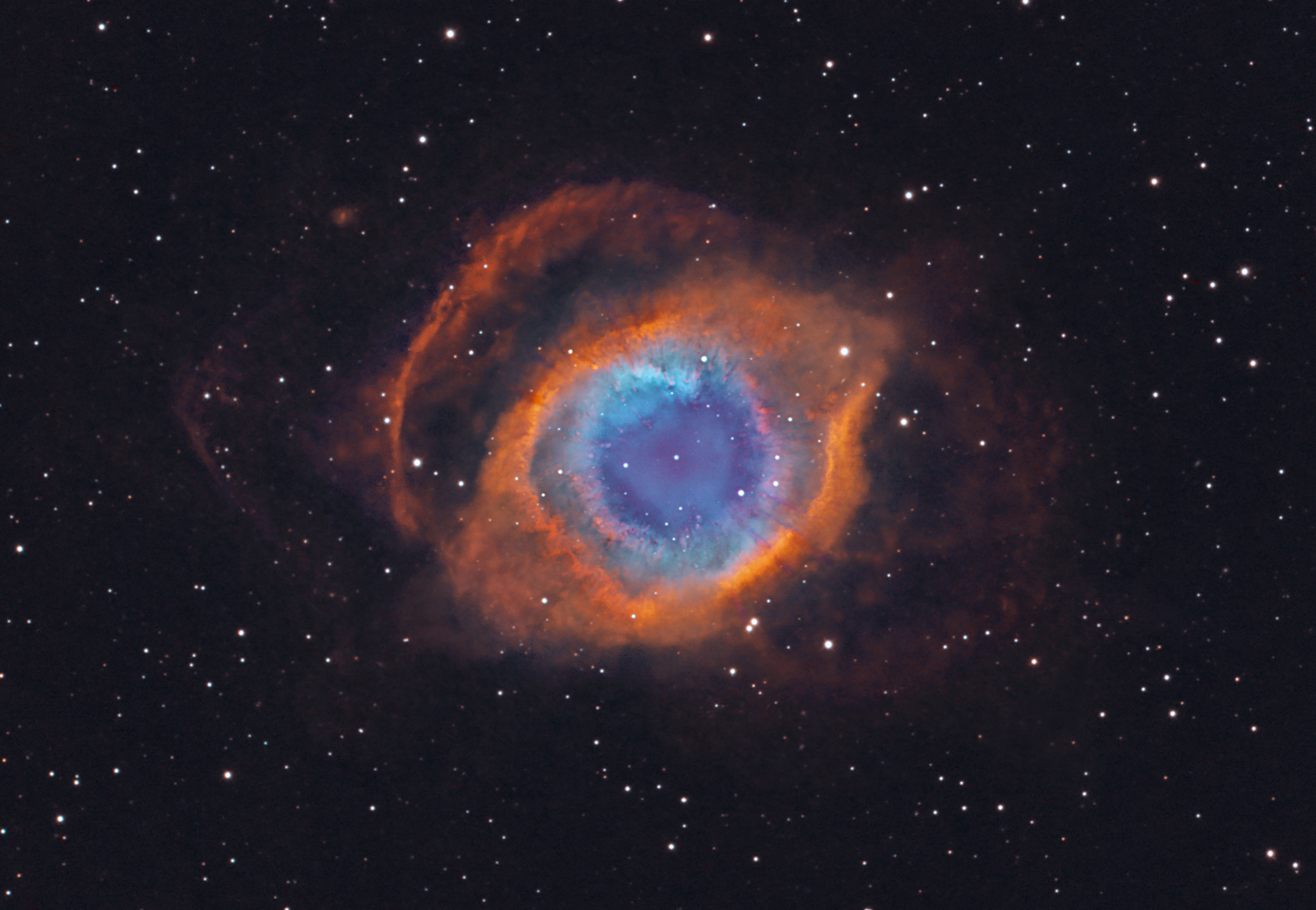
The particles usually follow the magnetic field lines, which is why most planetary nebula (terrible name btw, we named them before we knew exactly what we were looking at but the name stuck) are symmetrical. The sun literally begins to shed its own matter and the solar wind, as well as the "flashes" that the star experiences as it desperately tries to survive against gravity, expel it's outer layers in a spectacular show of color and symmetry. This is called the "helium flash" due to its extremely short window, especially for astronomical events (minutes are nothing to stars, basically instantaneous when considering a star burns for billions of years)ĭuring the helium flash the degenerate core is heated so intensely that it basically vaporizes, individual nuclei begin moving so fast that they achieve escape velocity. It's basically a run-away effect, once the sun starts fusing helium into carbon the core temperature rises extremely fast and within a few minutes of the helium core being sufficient in mass/temp/density the entire core (40% of the solar mass) is converted to carbon. The only thing that allows a star to cool besides radiation is hydrostatic equilibrium, adding heat without that mechanic is just that - adding heat. Adding heat to our sun right now wouldn't do much, the core would proportionally expand and cool for the given amount of heat. However, unlike the younger sun, the great deal of heat this adds doesn't cause the electron-degenerate helium to expand and cool. Eventually, when the helium core is sufficiently massive, dense, and hot, it will ignite and burn within a matter of minutes When gravity compresses the core enough that it's temperature reaches 100M* K it begins the Triple Alpha Process, fusing helium into carbon. Image Copyrights: Prabhu Astrophotographyįor those of you that don't know, the colors are actually the star expelling its own matter in sort of shockwaves as it "collapses" on itself, as gravity wins the everlasting struggle against the star.Ī star is able to last through it's entire main sequence via the pressure that nuclear fusion is applying against gravity, but as the hydrogen becomes less and less (as it's fused into helium) and helium "ash" begins to pile up at the center, gravity crushes the core even further, making much of the helium ash electron-degenerate - making it denser, hotter, and applying higher pressure at the core. Processing software: Pixinsight (Stacking, Pixelmath to create HOO, Starnet++, processed the starless image with the following scripts ABE, BN, CC, MSLT, HT, Deconv, MT, CurvesT, SCNR, added the stars back with the pixel math, Dynamic crop(70% cropped)
#Helix nebula pro#
HOO palette Sensor temp: -10° u/139 gain 1x1 binningĮquipment: Esprit 80mm APO - ZWO 1600mm Pro Camera - ZWO HO filters, 8 Position filter wheel, Electronic Automatic Focuser - AZEQ6 Mount (TS optics 60mm guide scope with ZWO224MC cam for guiding) The observed glow of the central star is so energetic that it causes the previously expelled gases to brightly fluoresce. The remnant central stellar core, known as the central star (CS) of the planetary nebula, is destined to become a white dwarf star.

Gases from the star in the surrounding space appear, from our vantage point, as if we are looking down a helix structure. The Helix Nebula is an example of a planetary nebula, formed by an intermediate to low-mass star, which sheds its outer layers near the end of its evolution. The Helix Nebula has sometimes been referred to as the "Eye of God" in pop culture. The Helix Nebula is a planetary nebula (PN) located in the constellation Aquarius, it is one of the closest to the Earth of all the bright planetary nebulae at 655 light-years away.


 0 kommentar(er)
0 kommentar(er)
